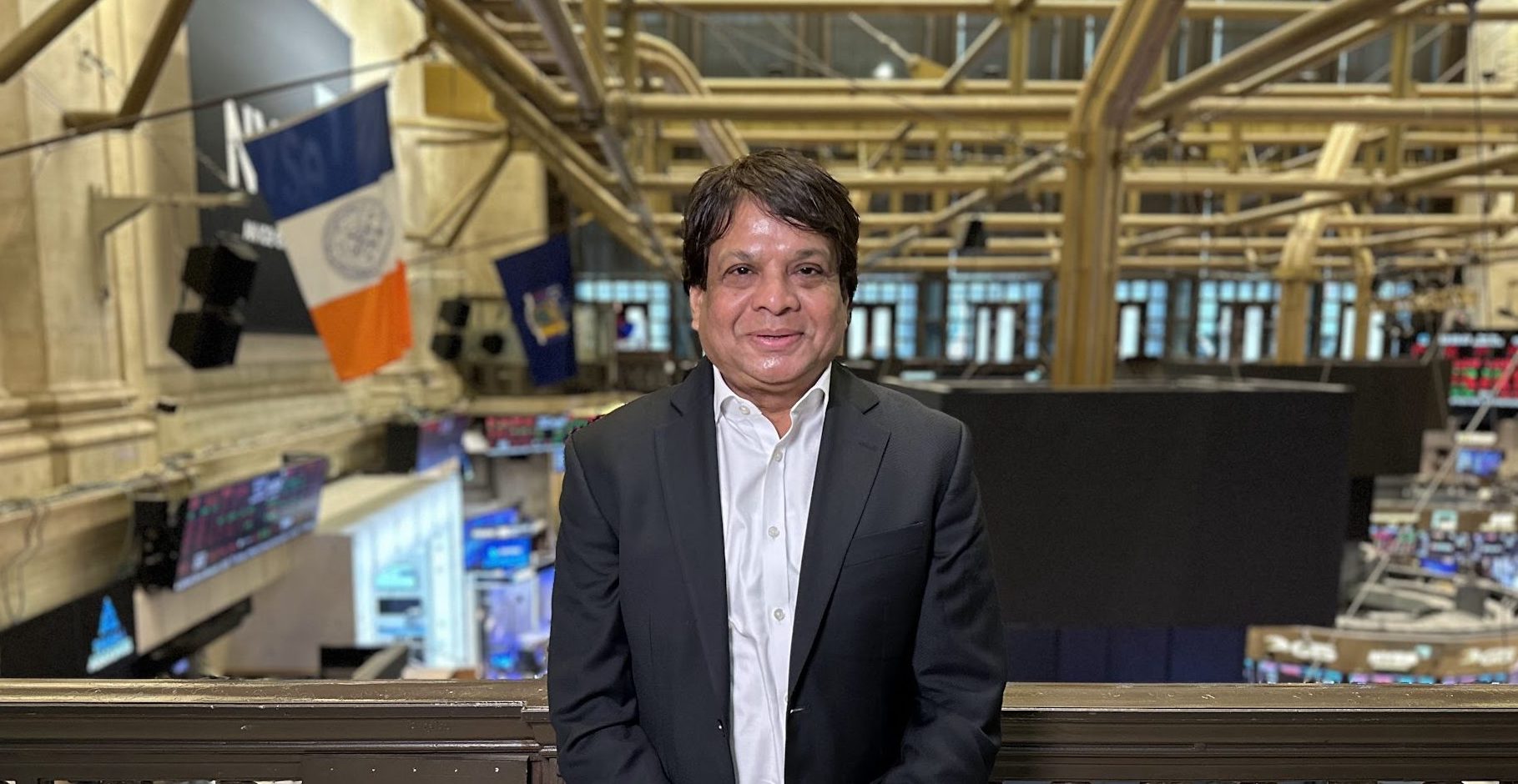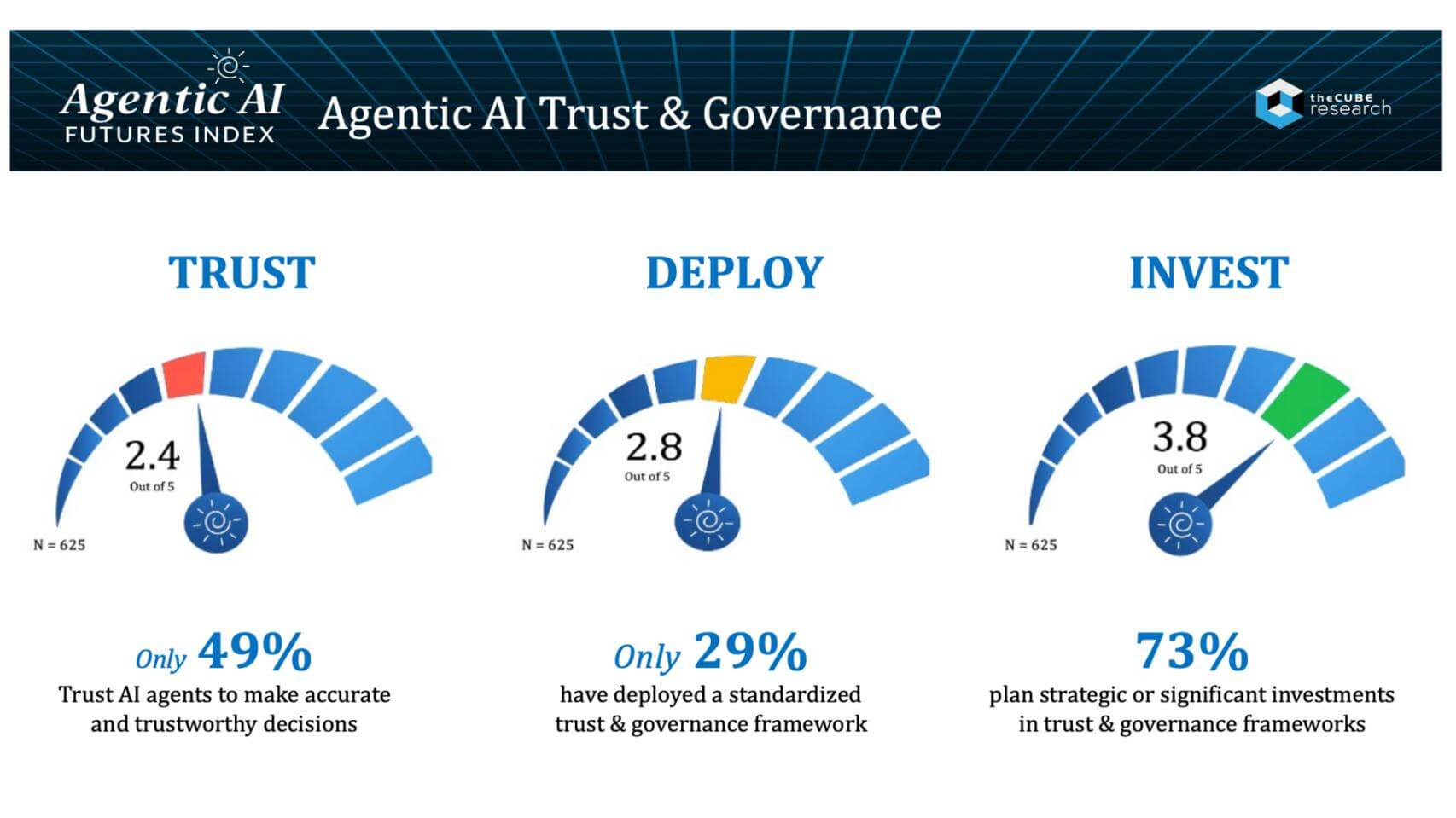Artificial intelligence might be the headline, but scalable intelligence is the story. Enterprises today want more than just increasingly-complex algorithms powered by faster chips. Instead, they are searching for systems that deliver reliable outcomes, drawing from the torrent of data now expected to shape core business decisions.
This is where the conversation about AI factories comes in. Data centers, once seen as racks of hardware, are being reimagined as unified engines of computation. But the vendors racing to build these facilities face a crucial question: How do they translate all that innovation into usable value for enterprise buyers? For chief investment officers, the real measure of progress is not the infrastructure itself, but the intelligence it enables, according to Sid Nag (pictured), president and chief research officer of Tekonyx.
Tekonyx’s Sid Nag explains why scalable intelligence — not chips — should define the future of AI factories.
“I have all the tools … that I can go and say to my people within the company, ‘Hey, this is the recommendation, as a CIO, I’m making to you to change your way that you operate,’” he said. “I need to make sure the infrastructure you’re building on my behalf or for me to use … helps me build a better outcome.”
Nag spoke with theCUBE’s John Furrier at theCUBE + NYSE Wired: AI Factories – Data Centers of the Future event, during an exclusive broadcast on theCUBE, News Media’s livestreaming studio. They discussed how the AI factory must prioritize scalable intelligence to deliver real, tangible results.
Why scalable intelligence is the bottom line for enterprises
AI factories may be a watershed moment for industry, but the means must line up with the ends: outcomes that CIOs can measure. The contemporary AI moment speaks to the early days of cloud, when CIOs weren’t buying a service so much as adopting a way of operating, according to Nag.
“This reminds me of the cloud days … everybody talked about cloud being an operating model,” he said. “It’s not a physical thing, it’s a model. That’s what the CIOs were looking for and they got that from the cloud. Now as you fast forward to the AI world [it is] the same thing. What is the AI operating model for me?”
To address the question of value, enterprises need orchestration engines, domain-specific models and the ability to fine-tune, train and run inference on their own data, according to Nag. Just as important, they need governance, predictability and repeatability so that AI can move from one-off experiments to reliable business systems. In other words, the AI factory matters not as an engineering marvel, but as a model that enables a scalable intelligences which CIOs can use to drive measurable outcomes, he explains.
“To me, that’s a successful outcome of AI,” Nag said. “If that’s the way the world can think about it and all the vendors can respond to that, I think that’s a winning ticket.”
Here’s the complete video interview, part of News’s and theCUBE’s coverage of theCUBE + NYSE Wired: AI Factories – Data Centers of the Future event:
Photo: News
Support our mission to keep content open and free by engaging with theCUBE community. Join theCUBE’s Alumni Trust Network, where technology leaders connect, share intelligence and create opportunities.
- 15M+ viewers of theCUBE videos, powering conversations across AI, cloud, cybersecurity and more
- 11.4k+ theCUBE alumni — Connect with more than 11,400 tech and business leaders shaping the future through a unique trusted-based network.
About News Media
Founded by tech visionaries John Furrier and Dave Vellante, News Media has built a dynamic ecosystem of industry-leading digital media brands that reach 15+ million elite tech professionals. Our new proprietary theCUBE AI Video Cloud is breaking ground in audience interaction, leveraging theCUBEai.com neural network to help technology companies make data-driven decisions and stay at the forefront of industry conversations.









